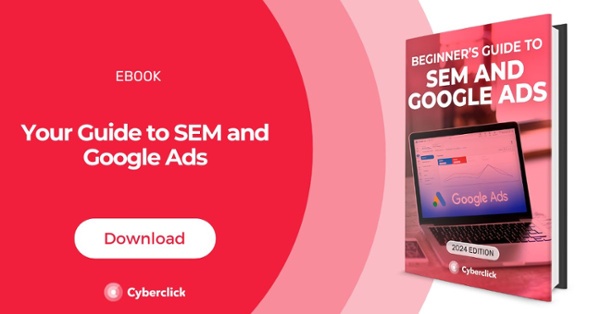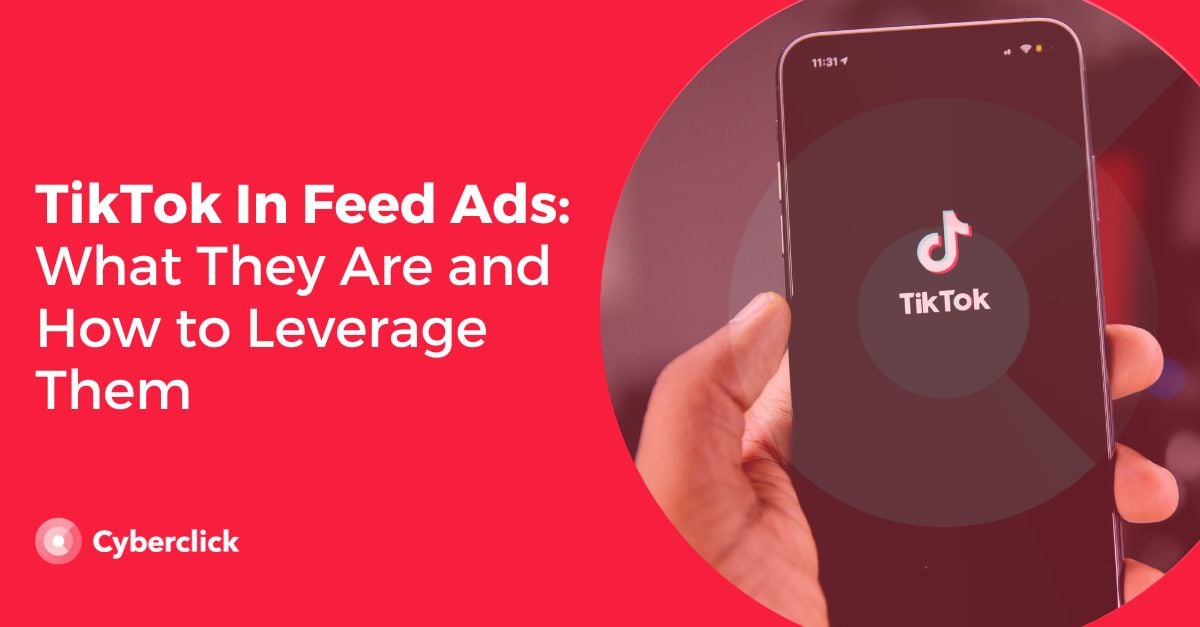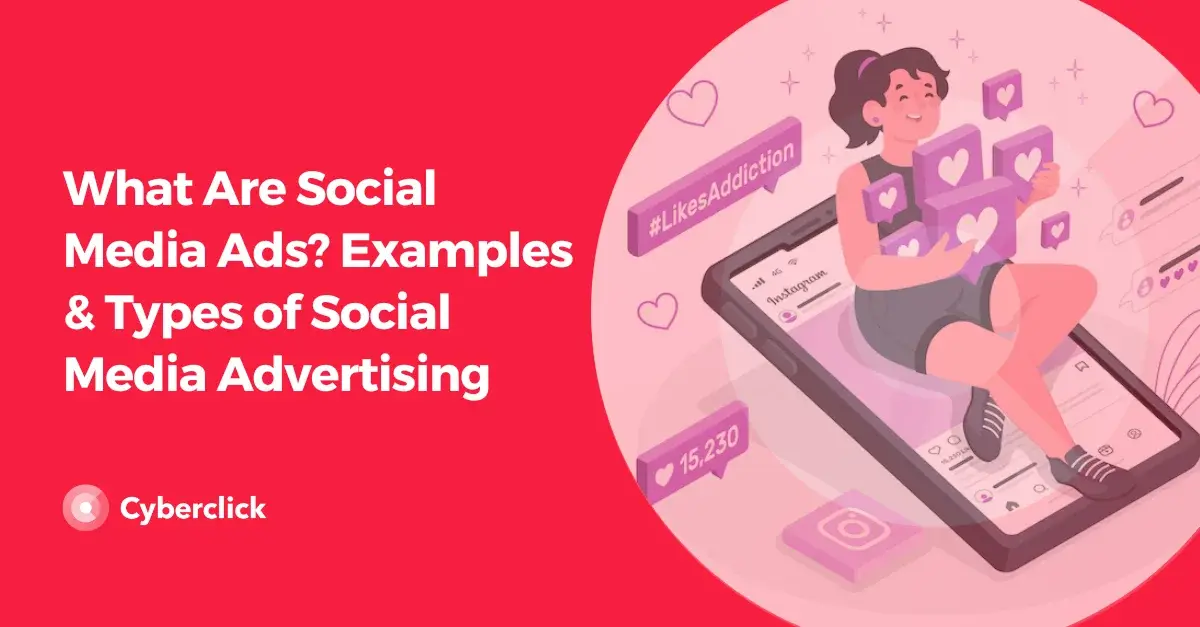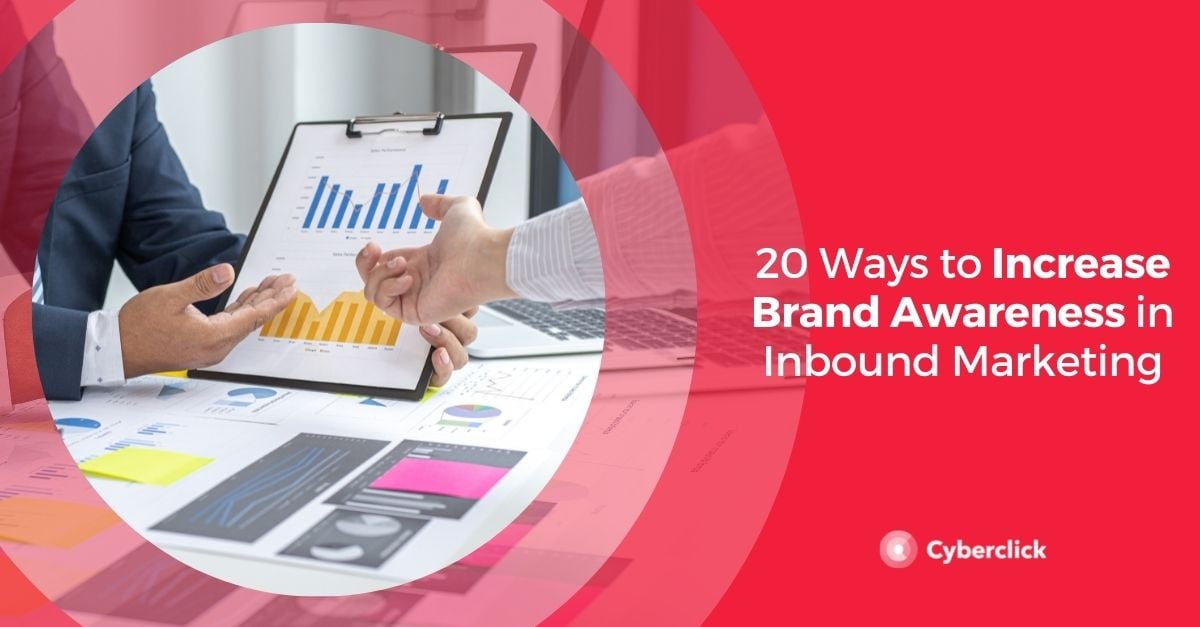Digital advertising has expanded over the years to include many different formats, styles, and platforms. The biggest difference between digital advertising and offline advertising is the ability to create highly segmented audiences to truly reach the people who may be interested in your product or service. Most people are familiar with the different ads they encounter on a daily basis, but they might not immediately see the difference between them. In fact, a company can use multiple types of digital advertising as part of its broader marketing strategy.
Native Advertising, Email Marketing, Social Media Ads, SEM (Search Engine Marketing) and Online Video are just some of the most popular types of digital advertising, but let's take a closer look.
![The 8 Types of Digital Advertising [infographic]](https://www.cyberclick.net/hs-fs/hubfs/8-digital-advertising-formats.jpg?width=600&name=8-digital-advertising-formats.jpg)
1. Native Advertising
Native advertising is integrated into the content or platform where it is published, without causing any interruption in navigation. This digital advertising format provides free rein to all your creativity; these ads can entertain, surprise, and bring value to your target audience, all as part of a seamless user experience. In fact, native ads are often called the “anti-ad.”
In the face of the growing use of ad blockers, the answer is not to try to limit their use by forcing users to consume our ads: it is to respect their freedom of choice and use native advertising to give them content they really want to consume.
2. Email Marketing
The market offers many quality databases with different segmentations as a first step to creating email marketing campaigns. But the possibilities of this format go even further the more segmented an audience is. Strong email marketing campaigns use content to entice users to download an ebook or whitepaper, creating a database of interested leads. As your database grows, you can subdivide it into increasingly specialized groups and direct retargeted email campaigns to them. The goal is to arrive in their inbox at just the right time and with just the right message to achieve maximum impact.
3. Social Ads
Social media ads are one of the most interesting formats of digital advertising since they have millions of users and allow you to segment your target audience. Use social media advertising to maximize your presence on these platforms by taking advantage of their different features and options:
- Facebook Ads: Thanks to its algorithm and powerful interface, Facebook Ads (now part of Meta Ads) are a tool with many possibilities. To take advantage of its full potential, think about what you want to achieve with your campaign: Increase the audience of your publications? Improve branding? Achieve conversions on your website? Choose the type of ad that best suits your objectives and don't forget to measure and optimize the results.
- Instagram Ads: The most visual social network also bets strongly on advertising. Its endless possibilities and advertising options continue to grow, and have the added benefit of being managed from Meta Ads same platform, meaning that you can run your Facebook and Instagram campaigns together, optimizing your budget and increasing your outreach with minimal effort.
- TikTok Ads: The not-so-new kid on the block TikTok is also offering some very interesting advertising options. Advertising on this app is especially beneficial if you are targeting Gen Z or a younger audience than on other social platforms. We’ve created a complete guide to advertising and marketing on TikTok.
4. Display Advertising
We call display advertising any visual advertising element that we can place on a website, portal, blog, etc. as a banner, the pop-up, and the interstitial. Although this format has been affected by the growth of ad blockers, I think it still has a lot of potential especially with remarketing options. But the answer is not in trying to bypass the blockers to invade the user, but in creating ads that are really worth seeing.
5. Remarketing
This advertising type goes one step further with an online display that uses web page data intelligently to show personalized ads to users. Remarketing uses information about users collected through cookies to show them ads that are more appropriate to their latest actions. For example, if a user added a product to an online shopping cart, but didn’t purchase it, remarketing can be used to remind them of the product and encourage them to purchase. This way, you can create truly relevant and timely advertising and therefore be more likely to succeed.
6. SEM
SEM is the creation of search engine advertising campaigns by clicking on text ads found on search engines such as Google or Bing. It is one of the most widespread digital advertising types when it comes to creating written ads. The key to its success is that it responds in a real way to the needs of users since it is based on the keywords that they search for (for example, "car rental in Madrid city center").
To maximize the effectiveness of SEM campaigns, Google Ads offers the option of creating search engine ad campaigns combined with retargeting lists. For example, we can show the ads only to those people who have visited a particular page on our website during the last 30 days. Can you imagine all the possibilities to get conversions?
7. Mobile Ads
All advertising formats should be thought of for mobile devices. Most consumers have one and it's the device they spend the most hours surfing with. In fact, according to Google, mobile searches are much higher than those on computers. So instead of adapting your web campaigns to the mobile, it is time to put mobile-first.
If a page does not have a mobile website, Google does not index that page. This should show you just how important mobile is.
8. Online Video
Video is very effective, as it achieves better CTRs than traditional advertising and makes it easier to boost a campaign. It is a format that is becoming increasingly popular and, thanks to the speed of connections and the increasing size of mobile screens, it no longer has to be limited to desktop campaigns. The biggest obstacle to video is the rejection by users of pre-roll formats (another of the ads commonly eliminated by ad blockers). To overcome it, bet instead on YouTubers and native video advertising and you will see how your marketing plan succeeds.
CEO y cofundador de Cyberclick. Cuenta con más de 25 años de experiencia en el mundo online. Es ingeniero y cursó un programa de Entrepreneurship en MIT, Massachusetts Institute of Technology. En 2012 fue nombrado uno de los 20 emprendedores más influyentes en España, menores de 40 años, según la Global Entrepreneurship Week 2012 e IESE. Autor de "La empresa más feliz del mundo" y "Diario de un Millennial".
CEO and co-founder of Cyberclick. David Tomas has more than 25 years of experience in the online world. He is an engineer and completed an Entrepreneurship program at MIT, Massachusetts Institute of Technology. In 2012 he was named one of the 20 most influential entrepreneurs in Spain, under the age of 40, according to Global Entrepreneurship Week 2012 and IESE. Author of "The Happiest Company in the World" and "Diary of a Millennial".






Leave your comment and join the conversation